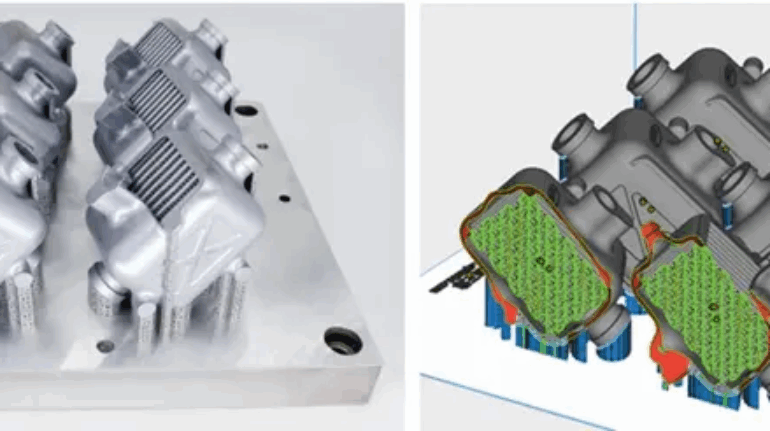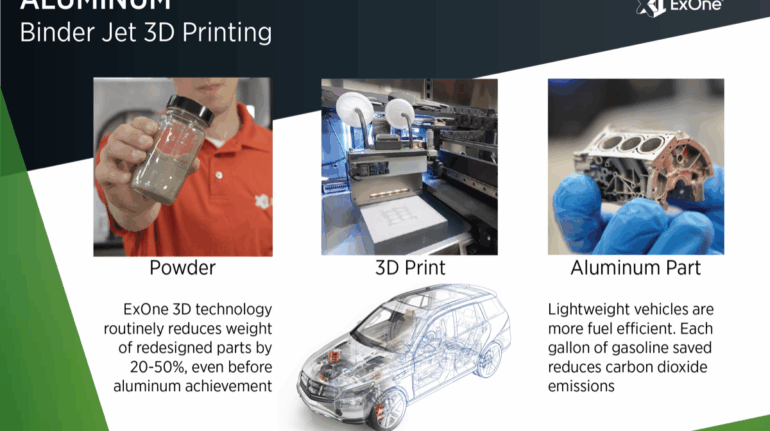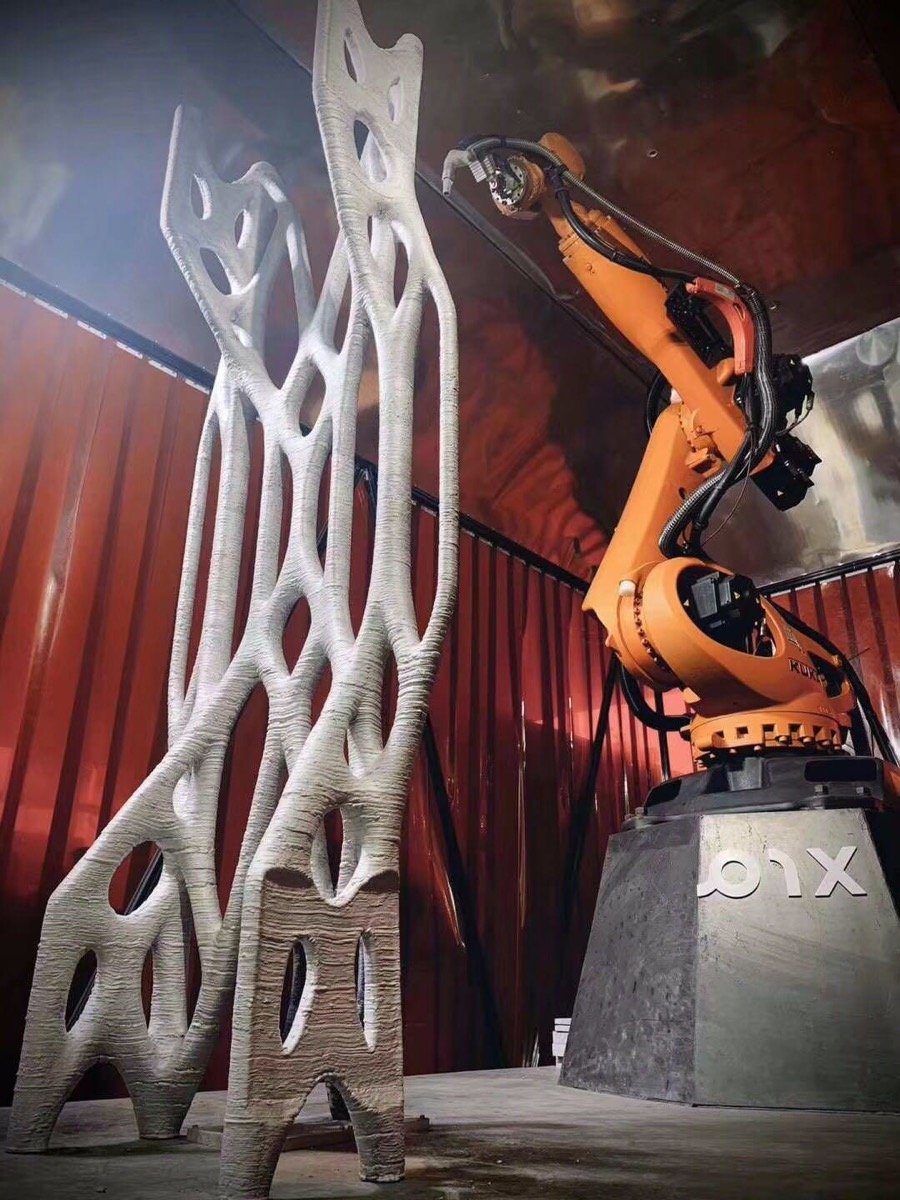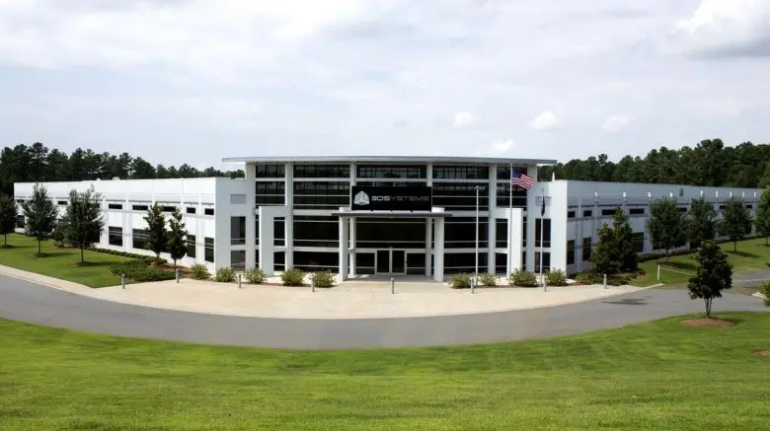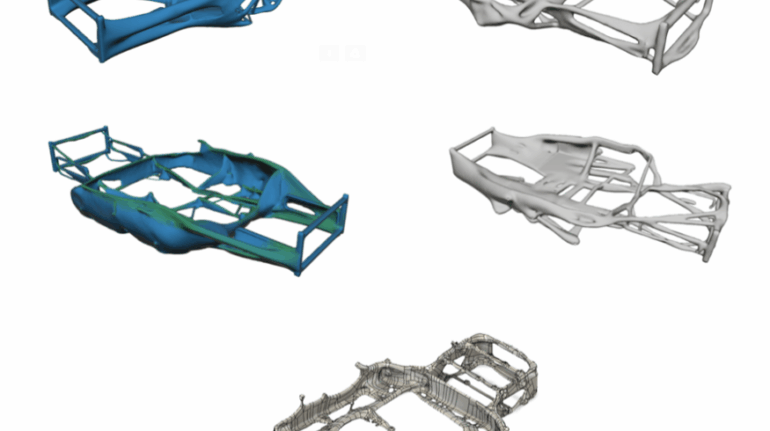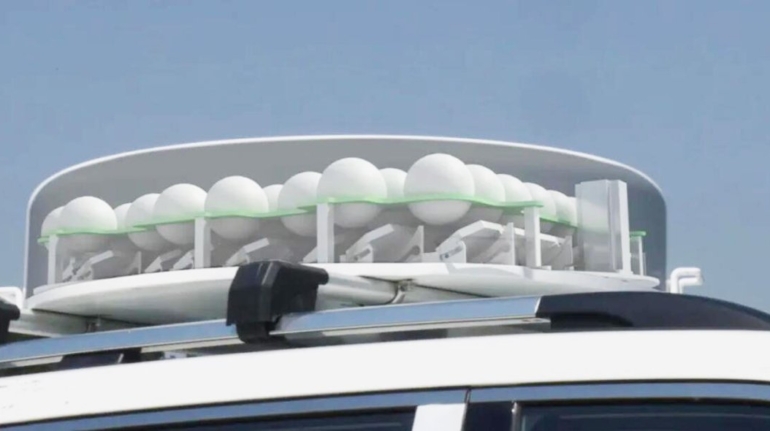Stratasys is buying an Industrial SLA system manufacturer? 3D Systems answers by introducing an industrial filament extrusion 3D printer: a novel High Speed Fusion (HSF) industrial 3D printer platform and material portfolio. Based on material extrusion technology and developed in a collaboration with Jabil Inc, this unique HSF family of products, including the Roadrunner 3D printer, is expected to provide the best economics of any high throughput industrial fused-filament offering in the market today. Through the use of advanced electric motion control, this unique system operates at speeds and precision levels well beyond current state-of-the-art production platforms. With temperature capability and available build areas greater than those of competing systems, combined with an outstanding materials portfolio, the Roadrunner system is designed to address the most demanding aerospace and advanced automotive applications. The result is not only unique application solutions but compelling manufacturing economics driven by the size, speed, and precision of this new technology platform.


